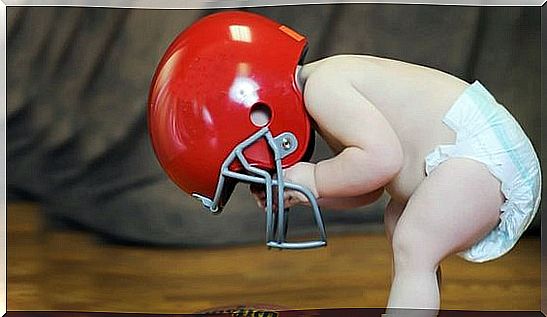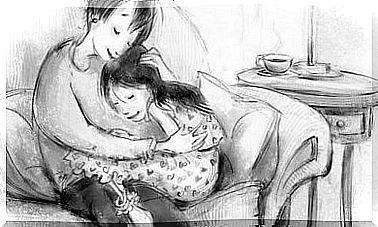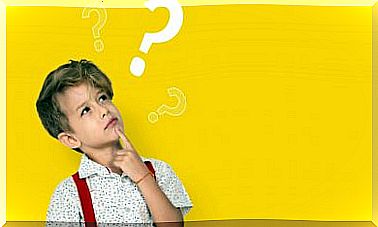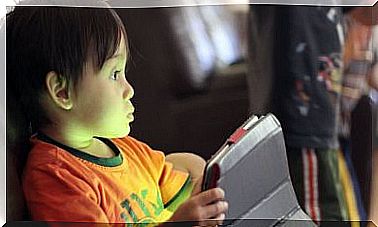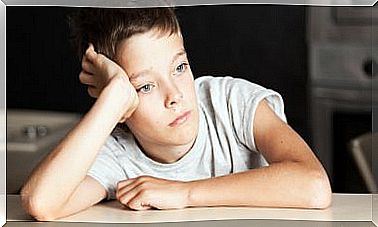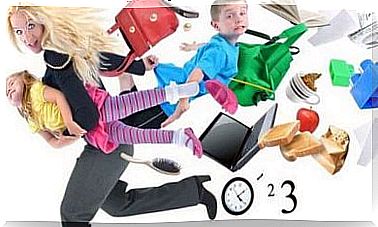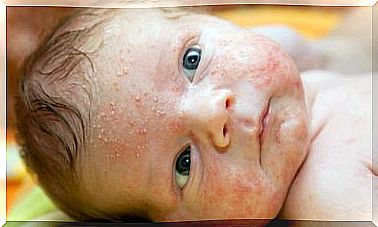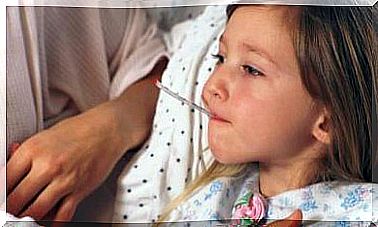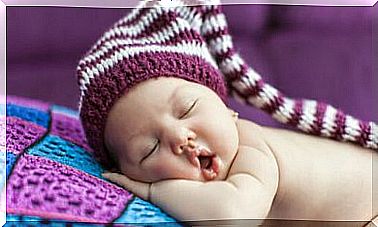How Long Should A Child Stay Awake After A Blow To The Head?
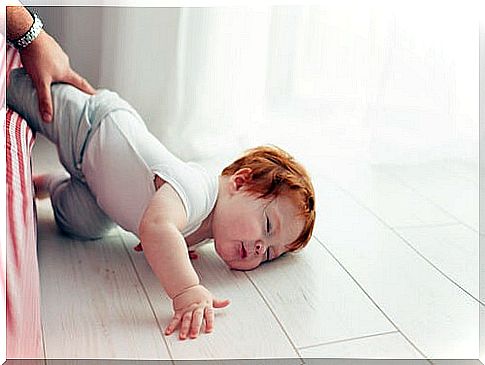
Recently, for health professionals, not letting a child sleep after a blow to the head is a myth. And it is said that what really matters are the reactions or symptoms after said blow, which may require the attention of a pediatrician.
What to do if your child has suffered a blow to the head?
When this happens, the first thing we do is go immediately to the doctor, and there is nothing else. But health professionals consider that at this stage what children should do is rest and reduce their daily activity.
However, there will be someone who scares us and says that if the child falls asleep he can fall into a coma, and that terrifies the parents. And although a greater damage could not be ruled out, everything will depend on the intensity of the impact or blow to the child’s head.
If your child has suffered a blow, the first thing you should do is see if he is conscious. To do this, ask them simple and concise questions: “What is your name? “Do you know where you are?”, And other questions of this kind.
If the child is very young, you can use encouragement. The different reactions to them will tell you how conscious he is after the hit; you can check whether he follows the movement in front of him or the beam of light in front of his eyes with his eyes.
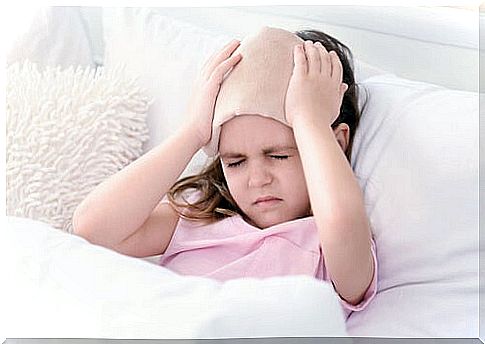
Symptoms to look out for
The symptoms that a child can present from a blow to the head can be varied, and some will warrant studies or medical observation.
When a bruise or blow occurs to the child’s head, the brain is jolted. This can cause certain symptoms or reactions while the brain rearranges its faculties, which could take some time.
Among the most common are: disorientation, loss of balance, blurred vision, headache, tingling in the arms or legs, and vomiting. Depending on whether these are prolonged or their intensity, the specialist will recommend your hospitalization and the performance of certain tests.
What to do if it is a blow to the head that does not appear to hurt?
If the child after the concussion has no symptoms and continues to play normally, it was probably nothing serious. Remember that the bones of the body and also of the skull have a certain flexibility that allows them to cushion or absorb impacts a little at that age.
Keep in mind that you should keep it under observation, because in the first hours other symptoms could be generated that may indicate some damage. The next 8 hours will therefore be essential. Treatment for a blow to the head will depend on the severity of the injury.
If he has a mild headache, you could give him an analgesic, but always under the prescription of a trusted pediatrician. You can also put cold water compresses on his forehead and slow down his activity.
If the child falls asleep, let him do it; your body and brain are demanding rest and relaxation. Of course, every so often you should wake him up, at least every two hours, to see how he reacts.
Of course, if the blow was greater and there is a wound that you cannot control at home, see a doctor immediately.
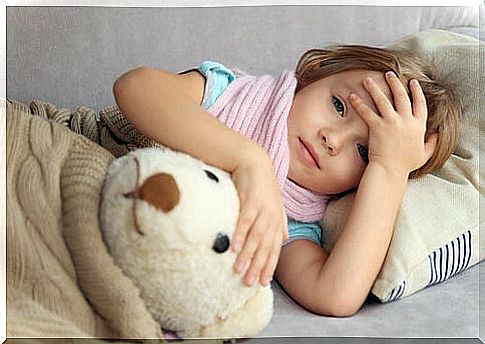
Tips for Parents When Your Child Hits His Head
Above all, stay calm, and if the child cries, try to calm him down as soon as possible. Usually the injuries from a blow to the head are less than you might imagine, even when the bleeding is copious. Always remember that the head has an infinity of blood vessels.
Also, keep in mind that blows to the head are among the most common injuries in children. Learning to walk, to play, to reach for something, to run, to ride a bicycle or to fall out of bed, the blows often end up in the same place.
However, these are usually minor damage. However, there are others that can be more serious, for example, collisions, car accidents, falling on skates or down the stairs.
In short, reasonable prevention will help reduce the risk of your child being involved in these types of injuries.
